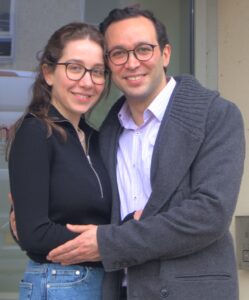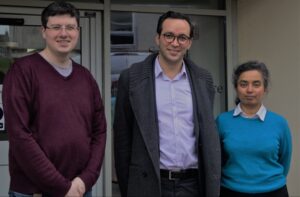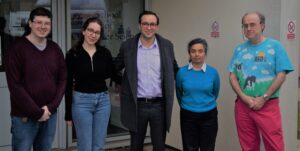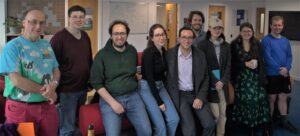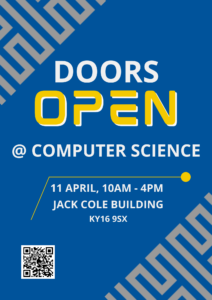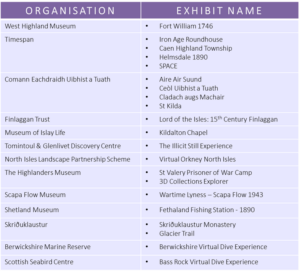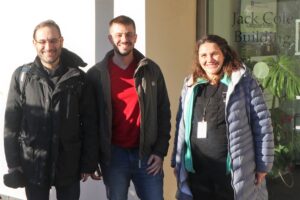The School of Computer Science at the University of St Andrews has a fully-funded scholarship available working with Dr Areti Manataki. The PhD topic is “Shedding light on patient flow through advanced data visualisation”. Applications must be received by 1 March 2023.
Project Overview
In modern healthcare systems, millions of patients are admitted to hospital every day. Managing patient flow through hospital, to ensure that patients are at the right place at the right time, can improve quality of care and health outcomes, while saving money and time. However, managing patient flow in a way that is safe for patients and cost-efficient is a challenging task, and requires a deep understanding of the complexities associated with patient flow.
This project involves employing advanced data visualisation techniques to shed light on patient flow and its many important dimensions: temporal and spatial patterns, patient characteristics, clinical expertise, hospital capacity and associated cost. Drawing inspiration from visualisation approaches to astronomy and transportation, and working closely with healthcare professionals, we will develop interactive visualisations that allow for the exploration of large and rich patient flow data. Our aim is to build visualisations that are powerful enough to capture the complexity of patient flow, and, at the same time, simple enough for clinicians to easily use to draw conclusions towards improving care.
Eligibility Criteria
We are looking for highly motivated research students willing to be part of a diverse and supportive research community. Applicants must hold a BSc or MSc in Computer Science or a related area (e.g., Data Science, Engineering, Mathematics, etc.). Experience in data visualisation, enthusiasm for research at the intersection of data science and health, an ability to think and work independently, excellent programming and analytical skills, and strong verbal and written communication skills are essential.
International applications are welcome. We especially encourage female applicants and underrepresented minorities to apply.
To apply
Informal inquiries can be directed to Dr Areti Manataki at A.Manataki@st-andrews.ac.uk. Formal applications can be made through the School’s postgraduate research portal.
The deadline for applications is 1 March 2023.
Funding Notes
We have one fully-funded scholarship available, which will be awarded competitively to the best applicant. This scholarship covers all tuition fees irrespective of country of origin and comes with a stipend (currently £17,668 per annum full-time equivalent). Additional scholarships may be available from other sources.
The School welcomes applications from under-represented groups, and is willing to consider part-time and flexible registrations. The successful applicant will however be expected to conduct their research in St Andrews and not fully remotely.


